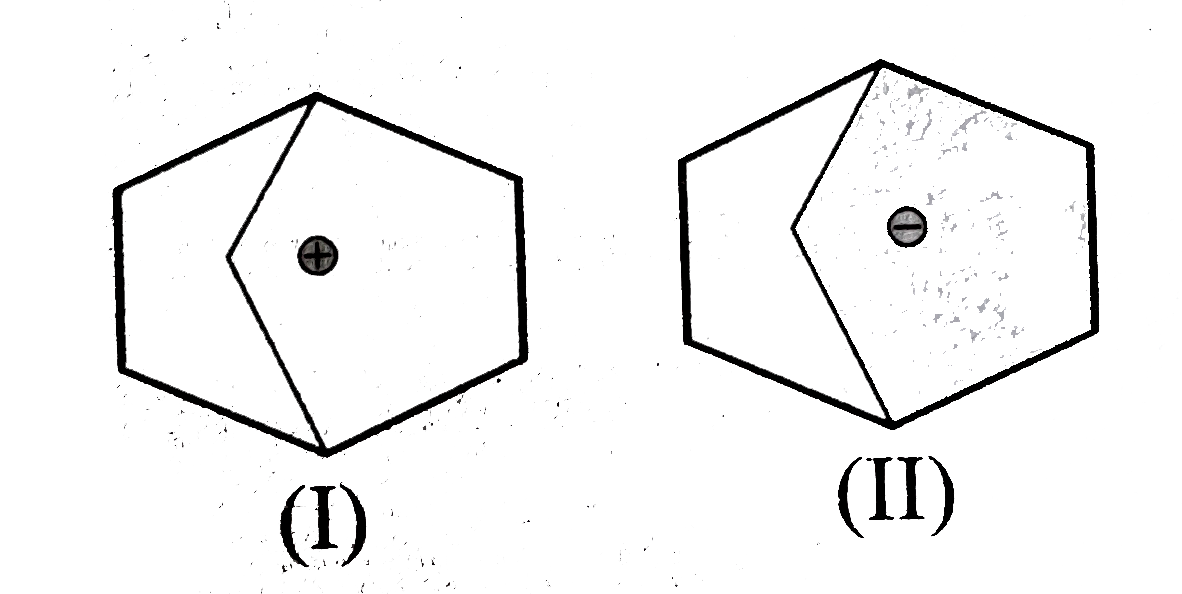Explain the
⋅CH3 is more reactive than CH3CH2 free radical.
To explain why the CH3 free radical is more reactive than the CH3CH2 free radical, we need to analyze the stability of these free radicals and how it relates to their reactivity.
1. Understanding Free Radicals:
Free radicals are species that contain an unpaired electron. Their reactivity is largely influenced by their stability. The more stable a free radical is, the less reactive it tends to be.
2. Stability of Free Radicals:
The stability of free radicals can be ranked based on the degree of substitution:
- Tertiary (3°) free radicals are the most stable.
- Secondary (2°) free radicals are less stable than tertiary but more stable than primary.
- Primary (1°) free radicals are less stable than secondary.
- Methyl (CH3•) free radicals are the least stable.
3. Comparison of CH3• and CH3CH2• Free Radicals:
- The CH3∙ (methyl free radical) is a primary free radical.
- The CH3CH2∙ (ethyl free radical) is also a primary free radical, but it has one additional carbon atom which can provide some stabilization through hyperconjugation and inductive effects.
4. Inductive Effect and Hyperconjugation:
- The CH3CH2∙ radical can stabilize itself better than CH3∙ due to the presence of the ethyl group, which can donate electron density through the inductive effect.
- However, the CH3∙ radical is less stable because it lacks this additional stabilization.
5. Reactivity Order:
Since reactivity is inversely proportional to stability, the less stable the free radical, the more reactive it is. Therefore, since CH3∙ is less stable than CH3CH2∙, it is more reactive.
6. Conclusion:
In summary, the CH3∙ free radical is more reactive than the CH3CH2∙ free radical due to its lower stability. The stability order is: CH3∙<CH3CH2∙, leading to the reactivity order being the reverse: CH3∙>CH3CH2∙.
Free radicals are species that contain an unpaired electron. Their reactivity is largely influenced by their stability. The more stable a free radical is, the less reactive it tends to be.
The stability of free radicals can be ranked based on the degree of substitution:
- Tertiary (3°) free radicals are the most stable.
- Secondary (2°) free radicals are less stable than tertiary but more stable than primary.
- Primary (1°) free radicals are less stable than secondary.
- Methyl (CH3•) free radicals are the least stable.
- The CH3∙ (methyl free radical) is a primary free radical.
- The CH3CH2∙ (ethyl free radical) is also a primary free radical, but it has one additional carbon atom which can provide some stabilization through hyperconjugation and inductive effects.
- The CH3CH2∙ radical can stabilize itself better than CH3∙ due to the presence of the ethyl group, which can donate electron density through the inductive effect.
- However, the CH3∙ radical is less stable because it lacks this additional stabilization.
Since reactivity is inversely proportional to stability, the less stable the free radical, the more reactive it is. Therefore, since CH3∙ is less stable than CH3CH2∙, it is more reactive.
In summary, the CH3∙ free radical is more reactive than the CH3CH2∙ free radical due to its lower stability. The stability order is: CH3∙<CH3CH2∙, leading to the reactivity order being the reverse: CH3∙>CH3CH2∙.
Topper's Solved these Questions
- BOOK - ICSECHAPTER - ORGANIC CHEMISTRY : SOME BASIC PRINCIPLES AND TECHNIQUES EXERCISE - VERY SHORT ANSWER TYPE QUESTIONS87videos
ORGANIC CHEMISTRY : SOME BASIC PRINCIPLES AND TECHNIQUES
- BOOK - ICSECHAPTER - ORGANIC CHEMISTRY : SOME BASIC PRINCIPLES AND TECHNIQUES EXERCISE - SHORT ANSWER TYPE QUESTIONS110videos
ORGANIC CHEMISTRY : SOME BASIC PRINCIPLES AND TECHNIQUES
- BOOK - ICSECHAPTER - ORGANIC CHEMISTRY : SOME BASIC PRINCIPLES AND TECHNIQUES EXERCISE - NCERT TEXT-BOOK EXERCISES (WITH HINTS AND SOLUTIONS )72videos
ORGANIC CHEMISTRY : SOME BASIC PRINCIPLES AND TECHNIQUES
- BOOK - ICSECHAPTER - HYDROGENEXERCISE - NCERT TEXT-BOOK EXERCISE (With Hints and Solutions)53videos
HYDROGEN
- BOOK - ICSECHAPTER - REDOX REACTIONS (OXIDATION AND REDUCTION)EXERCISE - NCERT TEXT-BOOK. EXERCISES ((With Hints and Solutions)69videos
REDOX REACTIONS (OXIDATION AND REDUCTION)
Similar Questions
Explain why (CH3)3+Cis more stable than CH3+CH2 and CH3 is the least stable cation
View SolutionExplain the following :
(a) Why MeNH⊕CH2 (I) is more stable more than MeCH2⊕CH2 (II) when both are 1∘ carbocations ?
(b) Which of the following intermediate is unstable ?

( c) Why allylic free radical (CH2−CH=CH2)(I) is more stable than propy1 free radical (.CH2−CH2−CH3)(II), when both are 1∘ free radicals ?View Solution
Knowledge Check
- Question 1 - Select One
The reaction, (CH3)2C=CH+2+Br⋅→(CH3)2⋅C−CH2Br is an example of a/an ...... ........ step in a radical chain reaction.
AinitiationBterminationCpropagationDheterolytic cleavage - Question 2 - Select One
Different hydrogen in
ACH3CH=BCH−CCH2−DCH2−ECHF(CH3)2
are represented by alphabets. Arrange them in decreasing order of reactivity towards radical substitution.AC>A>E>D>F>BBF>B>A>C>D>ECB>C>A>F>D>EDA>B>C>D>E>F
Arrange the following in the order as mentioned :
+CH3CH3+CH2,(CH3)2CH+,(CH3)3+ C carbocations in the order of increasing reactivity,View SolutionWhich one of the following compounds is more reactive towards SN2 reaction and why ? CH3CH(Cl)CH2CH3orCH3CH2CH2Cl
View SolutionExplain the mechanism of the reaction is given below :
2CH3−CH2−OHH+−−→413KCH3CH2−O−CH2−CH3+H2OView SolutionWrite the IUPAC names of the following compounds :
CH3−CH3∣CH−CH2−CH2−O∣∣C−CH2ClView SolutionA: CH3−CH−CH3 has 6. hyperconjugative hydrogens while CH3−CH−CH2−CH3 has 5 hyperconjugative hydrogens.
R: CH3−CH−CH3 is more stable than CH3−CH−CH2−CH3View SolutionIn iso-pentane, the H atom that can be most easily substituated by free radical mechanism is on:-
1CH3−2C∣CH3H−3CH24CH3View Solution

